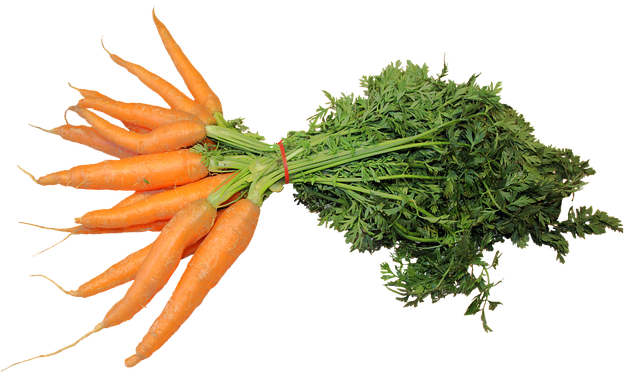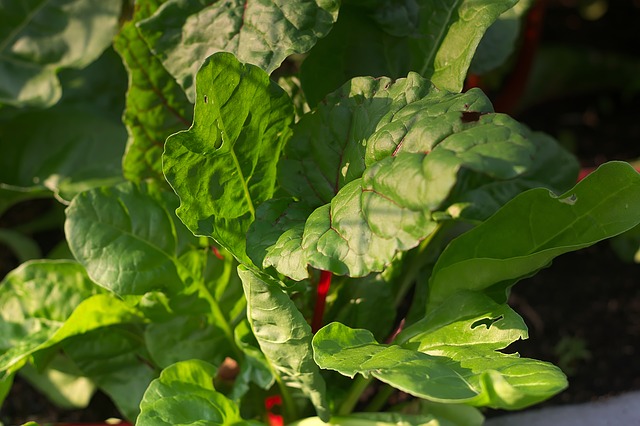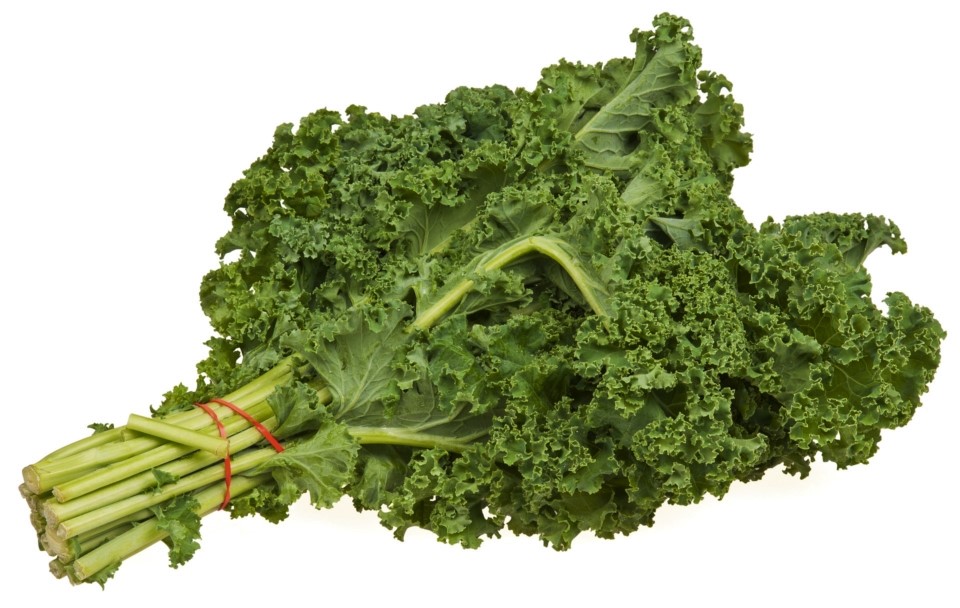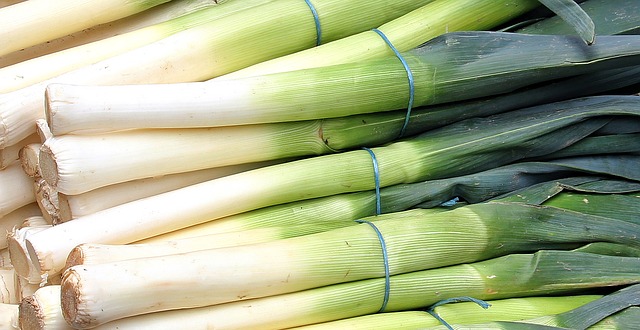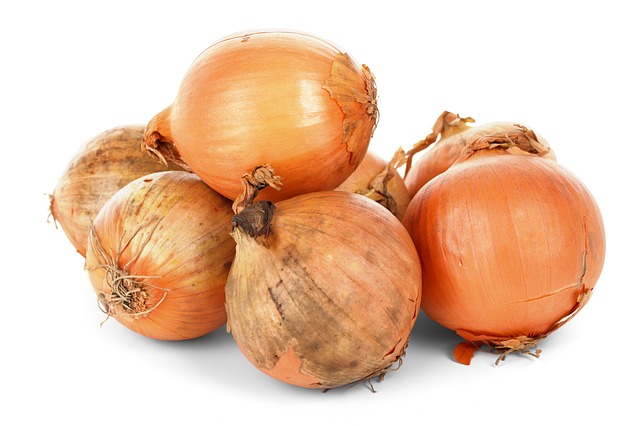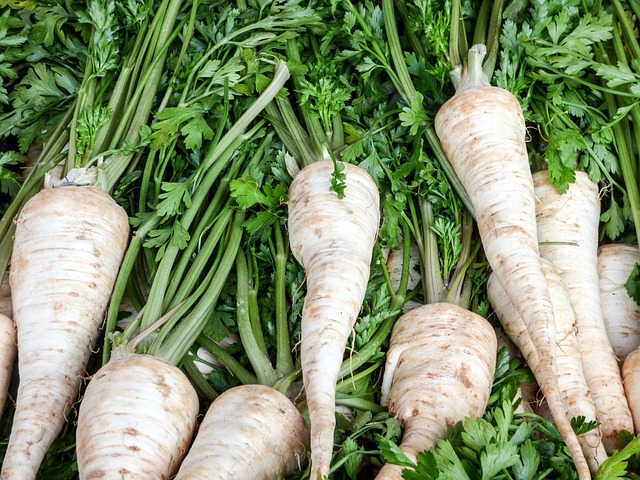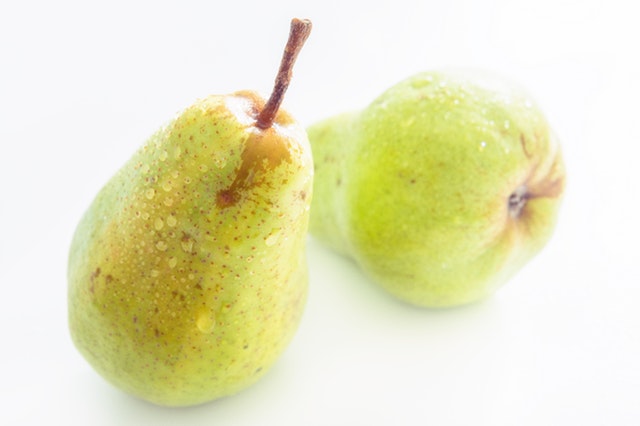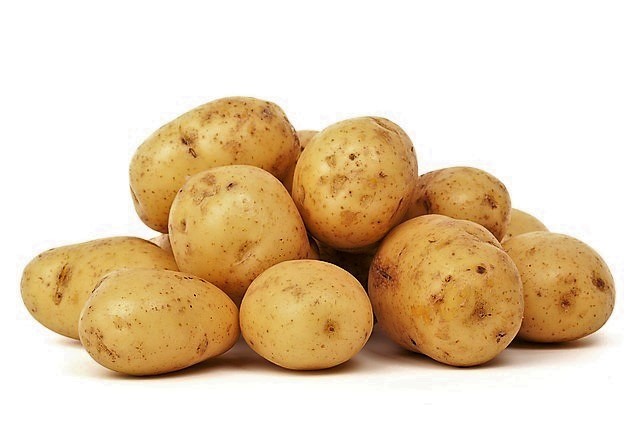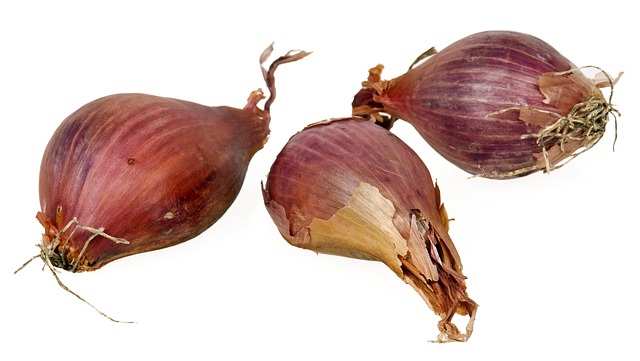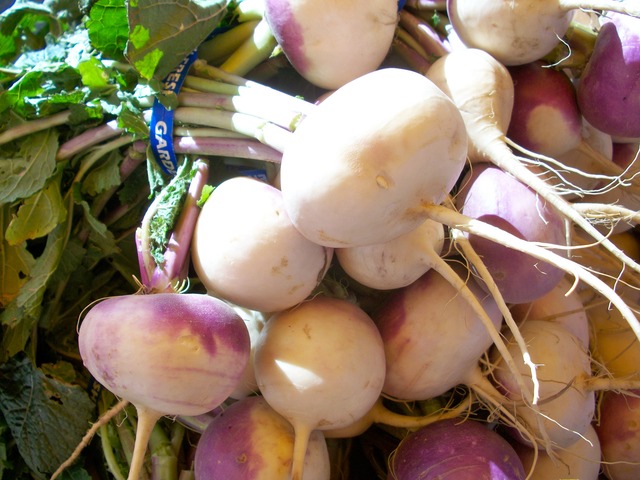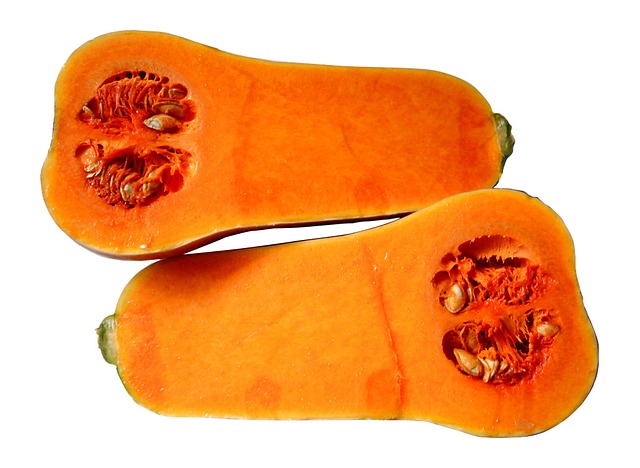Apples
Apples are widely available for most of the year, with new crops arriving in fall. Conventionally grown apples are #4 on the “dirty dozen” list of most contaminated conventional produce. Ideally, buy and eat organic apples whole (with the skin) to get the most health benefits. Make sure to wash conventional apples well to avoid ingesting pesticides.
Growing Season: September through May
Primary Health Benefits: High Fiber, Vitamin C, Polyphenols (mostly in the skin)
Beets
Beets are a healthy root veggie with a number of unique compounds that promote optimal health. They come in a variety of colors and have a sweet, earthy taste. To maximize nutrition, steam beets for 15 minutes or roast up to 1 hour (until fork tender) before peeling and/or rubbing the skin off.
Growing Season: Late Summer through Fall
Primary Health Benefits: Anti-Inflammatory Antioxidants, High in Folate, Magnesium, Potassium and Copper
Blueberries
Blueberries are a summer season fruit. These delicious treats are a true superfood with one of the highest levels of antioxidants of any fruits or veggies. Try blueberries on yogurt for a healthy breakfast, or just eat them by the handful!
Growing Season: Summer (May through September)
Primary Health Benefits: Very High in Antioxidants and Phytonutrients
Cabbage
Cabbage comes in many different shapes and sizes, but Green Cabbage is likely the most common. This versatile Brassica (Cruciferous Veggies) has a mellow flavor and can be sauteed, boiled, steamed, pickled and fermented (think Sauerkraut and Kim-Chi). Cabbage is a cold weather crop that will be at peak season in the winter months, but it is generally available year round. It is high in fiber, Vitamin C, and Folic Acid.
Growing Season: Late Fall through Winter
Primary Health Benefits: High Fiber, Vitamin C, Folic Acid
Carrots
Carrots typically have a spring and fall harvest making them available year round though the peak season is fall through winter. Carrots can be enjoyed raw or cooked and are one of the 3 ingredients in mirepoix, a flavor base for many western and European Dishes. This inexpensive and widely available root veggie is full of Beta-Carotene which helps protect against Cardiovascular Disease and Cancer.
Growing Season: All year, peak season is Fall and Winter
Primary Health Benefits: High Vitamin A, Beta-Carotene and other Carotenoids
Chard
Swiss Chard is a nutrient packed, super healthy, leafy green that is actually a member of the beet family. It comes in many different varieties including Ruby, Rainbow and Silverado. Chard is widely used in Mediterranean cooking, but is also quite popular in North American. Considered to be one of the most healthy veggies available, it’s high nutritional profile has been found to aid in cancer protection and bone, eye, and circulatory system health.
Growing Season: Late Summer and into Fall
Health Benefits: Excellent source of Fiber, Calcium, Magnesium, Iron, Vitamin K and Antioxidants
Cilantro
Cilantro is a polarizing herb: some love it while others can’t stand the thought. Also known as Coriander, this annual herb and its dried seeds have been cultivated since ancient times. It has a strong aromatic flavor and is valued for it’s culinary uses. Cilantro is high in antioxidants and has similar health benefits to other leafy greens. Like most other cool weather crops it is at peak season in fall and winter.
Growing Season: Fall and Winter
Figs
The fig is native to the Middle East and western Asia and cultivated since ancient times. We generally only get a short summer season for these juicy treats. Figs are highly perishable and delicate causing them to be relatively rare and expensive in US markets. Get them while they are available!
Growing Season: Late June through Early Fall
Primary Health Benefits: High Fiber, Calcium, Potassium, Antioxidants
Fennel
Fennel has a mild licorice or anise like taste and a slightly sweet crunch. It is in the same family as dill, carrots, coriander and parsley. The white bulb and green, celerly like, stalks are both edible, delicious, and healthy. Fennel has strong antioxidants and supports healthy digestion.
Growing Season: Fall through Winter
Primary Health Benefits: Antioxidants, Vitamin C, Potassium, Fiber
Kale
Kale is one of the most nutrient dense super foods out there. This leafy green is packed with nutrients and high in fiber. It is especially high in Vitamins K, A and C as well as many other vitamins and minerals. Kale is also packed full of healthy antioxidants. Boiling kale reduces the nutritional benefits, so we recommend wilting, juicing or eating it raw in salads for the most nutritional benefits.
Growing Season: Fall and Winter
Primary Health Benefits: High in Vitamins K, A, C, Antioxidants, Fiber, and Other Healthy Compounds
Leeks
Leeks are in the Allium family along with garlic and onion. They are braised, sauteed, and used in stews where they contribute a sweet and complex mild onion flavor.
Growing Season: Winter, Best in January
Primary Health Benefits: Vitamin K, Iron, Folate as well as Antioxidants Flavinoids and Polyphenols
Onions
Cool weather crop onions are cultivated widely in North America and are available year round. This type of onion is a staple on the kitchen and store well. They have a papery skin and pungent aroma. Onions are a good source of nutrients and help maintain cardiovascular and digestive health.
Growing Season: Winter/Year Round
Primary Health Benefits: High Biotin, Manganese, B Vitamins
Parsnips
Parsnips are a root veggie with a pale color and a mild flavor. They are and inexpensive and easy to find veggie in the colder months of the year. Parsnips lend themselves well to roasting as well as being used in soups and stews.
Growing Season: Fall through Winter
Primary Health Benefits:High in Folate, Potassium, Vitamin C and K
Pears
There are a number of different varieties of Pears; Bartlett, Bosc and Anjou to name a few. Each type comes to season at a different time. Generally though, we see pears appearing late in summer and are in season through winter and spring. Pears are high in fiber and rich in antioxidants.
Growing Season: Late Summer through Winter
Primary Health Benefits: High Fiber, Antioxidants
Potatoes
Potatoes are another kitchen staple that are available year round due to easy storage. Winter is this tubers’ true season though. Potatoes are an easy to find, easy to prepare, and nutrient and energy rich. They are a good source of complex carbohydrates and have more Potassium than bananas.
Best Season: Fall through Winter
Primary Health Benefits: Complex Carbohydrates, Vitamin C, Minerals such as Copper, Potassium, Manganese
Shallots
Shallots are usually harvested in the fall, making fresh shallots available in fall through winter. This member of the Allium family has a sweet and aromatic falvor and is a secret ingreient for many restaurants. It is often used in suaces due to its delicate texture and flavor. Like other Alliums it provides a good source of antioxidants and is thought to help protect against disease.
Growing Season: September through December
Primary Health Benefits: Antioxidant Flavinoids, Folate
Turnips
Turnips are a winter root veggie that have a slightly sweet and peppery flavor. They lend themselves well to roasting as well as being used in soups and stews. High in vitamins and minerals, turnips are good for heart health and the immune sysytem.
Best Season: Fall through Winter
Primary Health Benefits: Calcium, B-Vitamins, Vitamin C & K
Winter Squashes
Winter Squash is a broad category for the fall harvest squashes such as Butternut Squash, Acorn Squash, Spaghetti Sqaush and Pumpkin. Squahes take on a delicously sweet and rich flavor when cooked and are packed full of health vitamins, minerals and antioxidants.
Growing Season: Fall through Winter
Primary Health Benefits: Complex Carbohydrates, Vitamins A & C, Beta-Carotine




